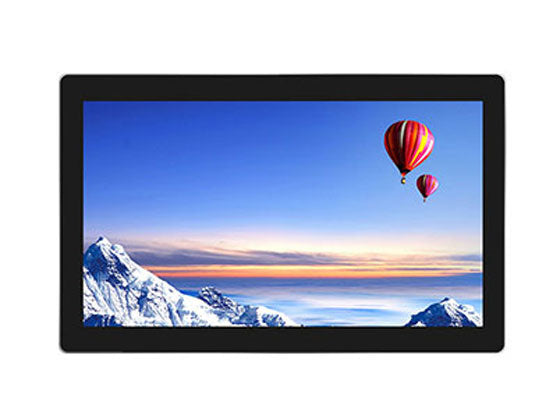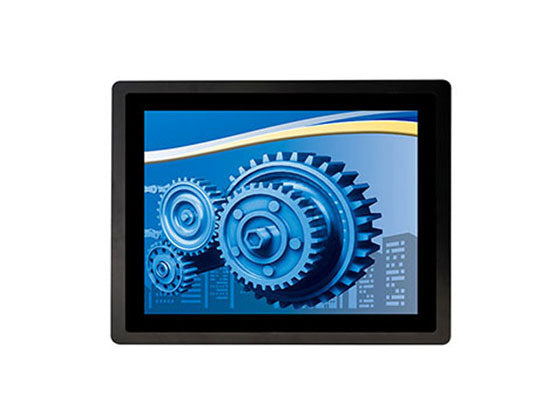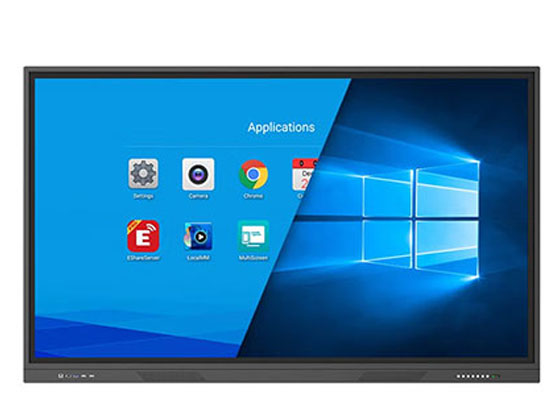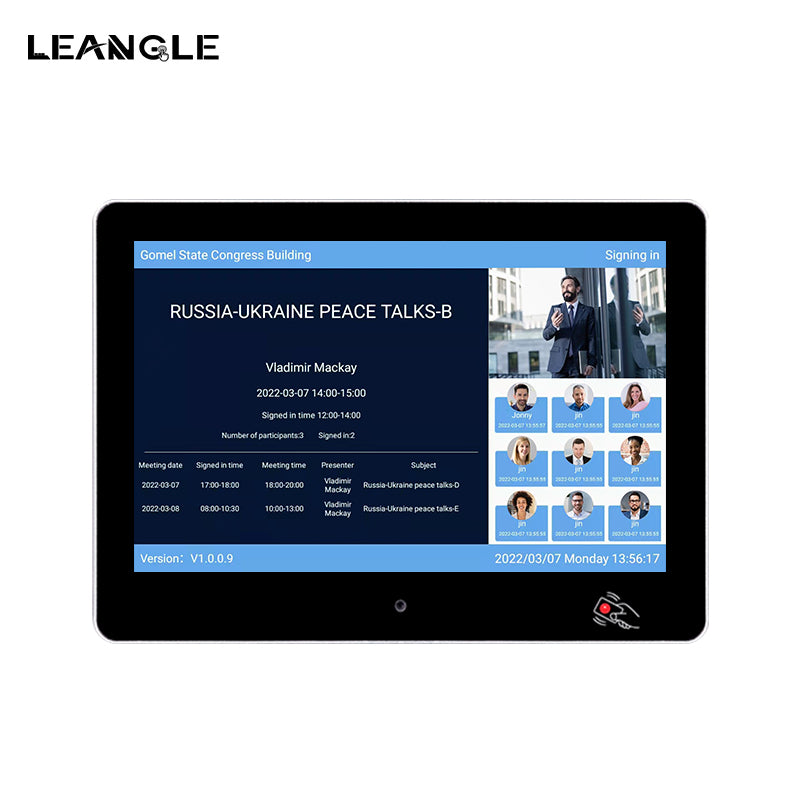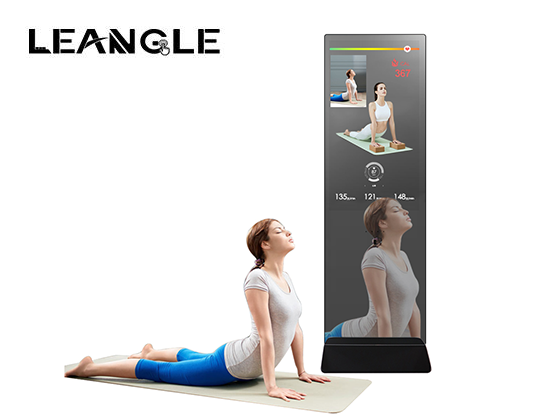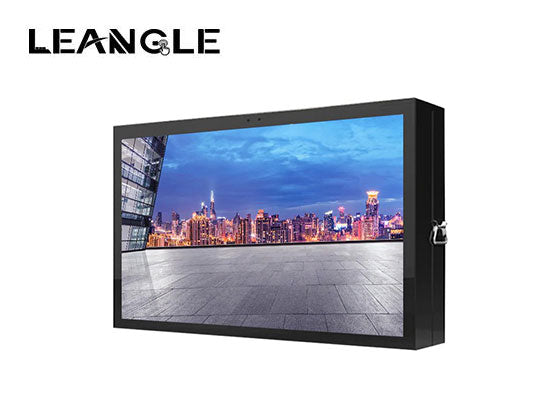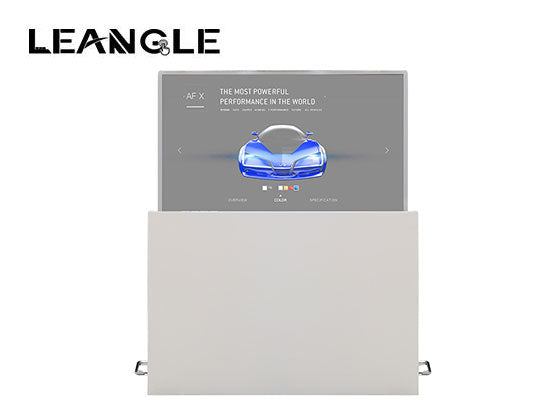There have been significant and purposeful shifts recently in the targeted usage and strategy of digital signage. The biggest shift has been the realization of the power of a well-articulated digital strategy. It’s no longer a reactionary response to a need for digital signage — it’s a targeted effort. COVID-19 has certainly amplified these shifts. Traditional or transactional messaging intent is still critical to the core of any signage efforts. The promotional power of digital signage is unquestionable, but there is more.
COVID-19 has had an absolute impact on the realization that digital signage is a powerful and effective way to speak to, inform, and create a sense of a connected experience and brand community. When properly executed, digital signage is an integral part of the collective in-store brand experience. Incorporating signage into the holistic experience, rather than as a standalone effort, ensures continuity and relevancy. When the effort is disconnected, it runs a much higher risk of running off course. There is nothing worse than out-of-date, static, or irrelevant content on a digital screen.
COVID-19 has had an absolute impact on the realization that digital signage is a powerful and effective way to speak to, inform, and create a sense of a connected experience and brand community. When properly executed, digital signage is an integral part of the collective in-store brand experience. Incorporating signage into the holistic experience, rather than as a standalone effort, ensures continuity and relevancy. When the effort is disconnected, it runs a much higher risk of running off course. There is nothing worse than out-of-date, static, or irrelevant content on a digital screen.

